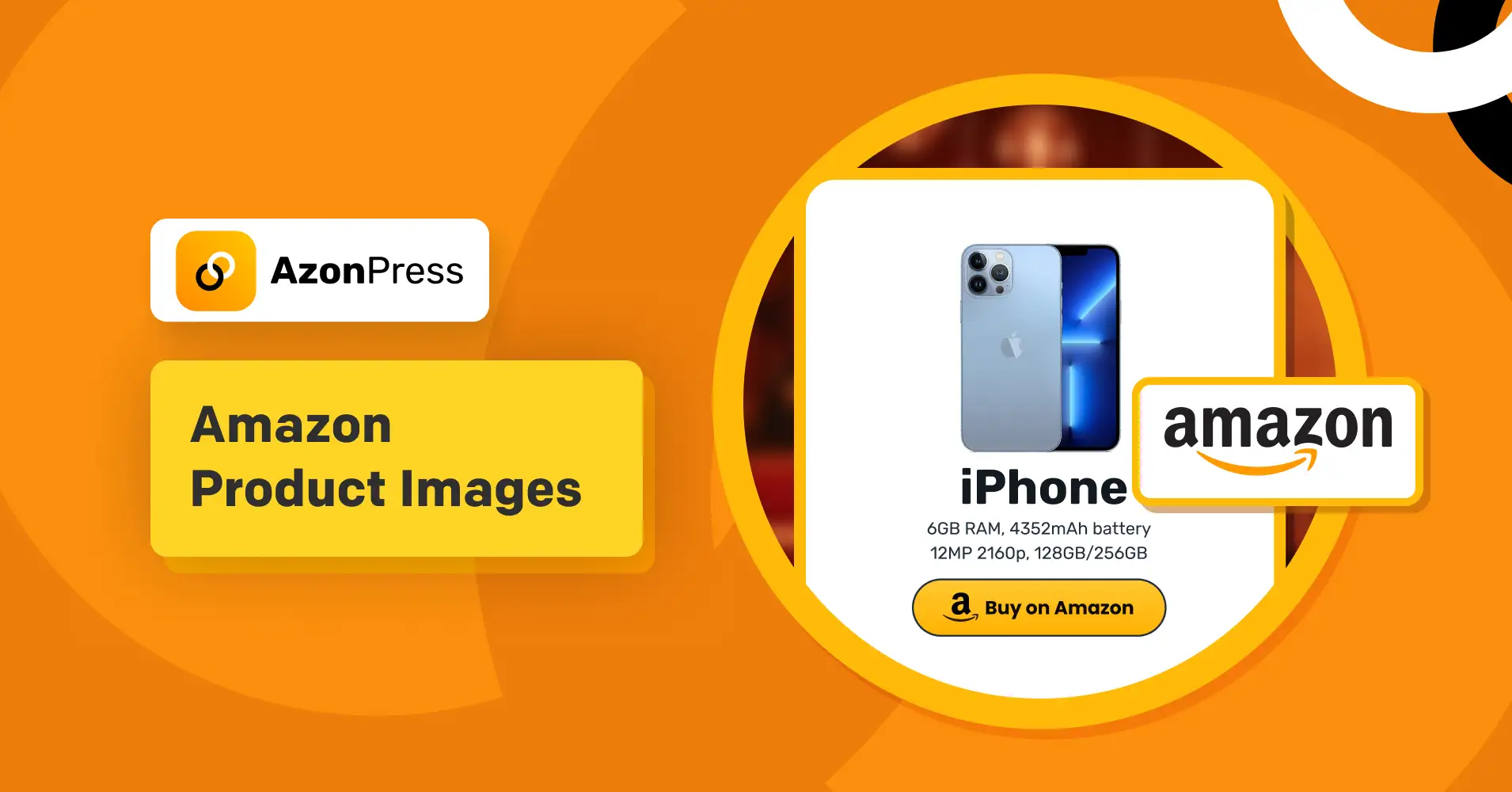
Can I Use Amazon Product Images on My Affiliate Website?
Popular Posts
Get access to our Exclusive Offers & Pro Tips
Affiliate marketing is both exciting and challenging. As you build your website and work to improve your SEO, you may wonder: can I use Amazon product images on my affiliate website?
Yes, you can use Amazon product images on your affiliate website if you’re a registered Amazon Associate and follow Amazon’s guidelines.
According to Amazon, adding at least one image to a product listing can increase click-through rates by 80%. But only if you do it legally. Also, using Amazon product images properly can help you increase engagement and trust with your audience. However, if you use them incorrectly, you risk account bans and even legal issues.
If you’re a novice affiliate marketer looking for simple, clear advice on using Amazon product images, you’re in the right place.
In this blog, we will cover:
- Amazon’s image usage policies: What you can and cannot do.
- Step-by-step methods: How to embed images legally through approved tools.
- Alternatives to Amazon images: What you can do if you can’t use them directly.
- Tools, plugins, and SEO tips: How to improve your site’s performance and affiliate success.
Let’s dive in and explore the details. You’ll know exactly how to manage your affiliate website the right way.
Understand Amazon’s image policies
Before you ask yourself again, “Can I use Amazon product images on my affiliate website?” It is crucial to understand what Amazon allows and what it doesn’t. Knowing these policies is the first step in staying competent.
What does Amazon allow?
Amazon has set clear guidelines for how you can use their product images. Let’s look at some of the most crucial factors:
1. Used via the Amazon associates program
You can only use product images if you are part of the Amazon Associates Program. This program gives you access to approved images. Amazon encourages you to add approved images if you are using Amazon Associate Programs.
2. Approved tools only
You must get images only via approved tools. Such as the Amazon Product Advertising API (PAPI). Also, try to use valid and verified affiliate marketing tools. These verified tools ensure that the images are used in a way that complies with Amazon’s guidelines. And you won’t face any problems in the future.
3. Direct linking
Every image must link directly to the relevant Amazon product page. You can’t skip the link and put just product images alone. Amazon wants you to add product page links or affiliate links on your webpage. I suggest you stick to the affiliate links. This linking is a core requirement of the Amazon affiliate programs.
4. Used for promotional purposes only
You must use those images strictly to promote the product only. They should not be used for other purposes that fall outside the scope of affiliate marketing. For example, you can’t create an event using these product images. If you do that, you might face some legal issues with Amazon.
What’s prohibited?
Amazon has a strict policy regarding what you cannot do with their product images. Let’s look at some of the most important ones:
1. Downloading and rehosting
You should not download the images and then rehost them on your server. This practice is a strict violation of Amazon’s affiliate policies.
2. No image alterations
You are not allowed to modify the images. This means you cannot add text, crop the image, or change it in any way that might misrepresent the product. And don’t merge your photo with the product photo.
3. Non-promotional uses
You cannot use the images for purposes other than promotion. For example, using them on pages that are not designed to drive traffic to Amazon can lead to violations. Or you can’t promote your brand with these product photos unless the promotions bring traffic to Amazon.
Risks of non-compliance
If you ignore Amazon image policies, you expose your website and your affiliate account to significant risks. Which can lead you to –
- Amazon may suspend your affiliate account if they detect that you are misusing product images.
- In more serious cases, you could face legal challenges for copyright infringement or misuse of trademarked images.
- Misusing images can harm your reputation with both Amazon affiliate compliance and your audience. Trust is a critical component of affiliate marketing. Loss of trust can directly impact your conversion rates.
How to use Amazon product images legally
Now that you understand the basics of Amazon’s policies, you may still be wondering, Can I use Amazon product images on my affiliate website?
The answer is yes. But you need to follow one of the approved methods.
I’ll outline the three main methods for using Amazon product images legally on your affiliate website in the following section:
#1 Amazon Product Advertising API
The Amazon Product Advertising API is the most robust and reliable way to access Amazon product images.
Here is how you can set it up:
Step 1: Join the Amazon associates program
If you haven’t already, sign up for the Amazon Associates Program. This is a necessary step to access the API.
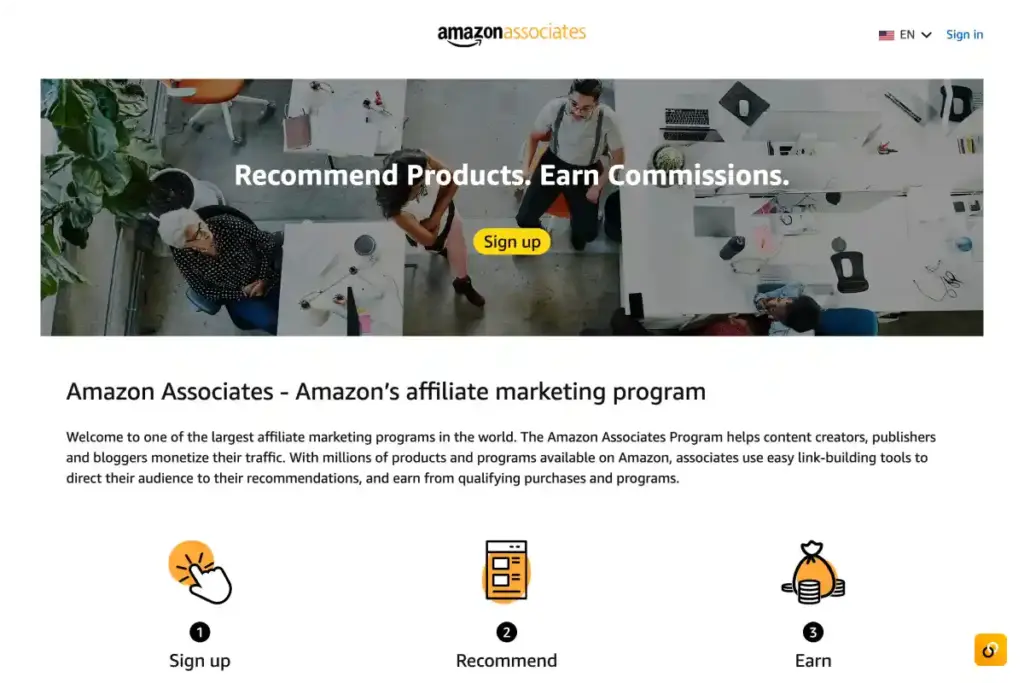
Step 2: Generate API credentials
Once you’re a member, you need to generate your API credentials. These include your Access Key ID and Secret Key. Keep these secure.
To request access to your PA API, you have to –
- Complete 3 qualifying sales in 180 days
- Get your associate account approved
- Comply with the associate’s program Operating Agreement
Step 3: Install an Amazon affiliate marketing plugin (For WordPress)
Use a plugin such as AzonPress. Connect your Amazon PA API with AzonPress. AzonPress will pull images dynamically using the API, ensuring that you are always compliant with Amazon’s policies.
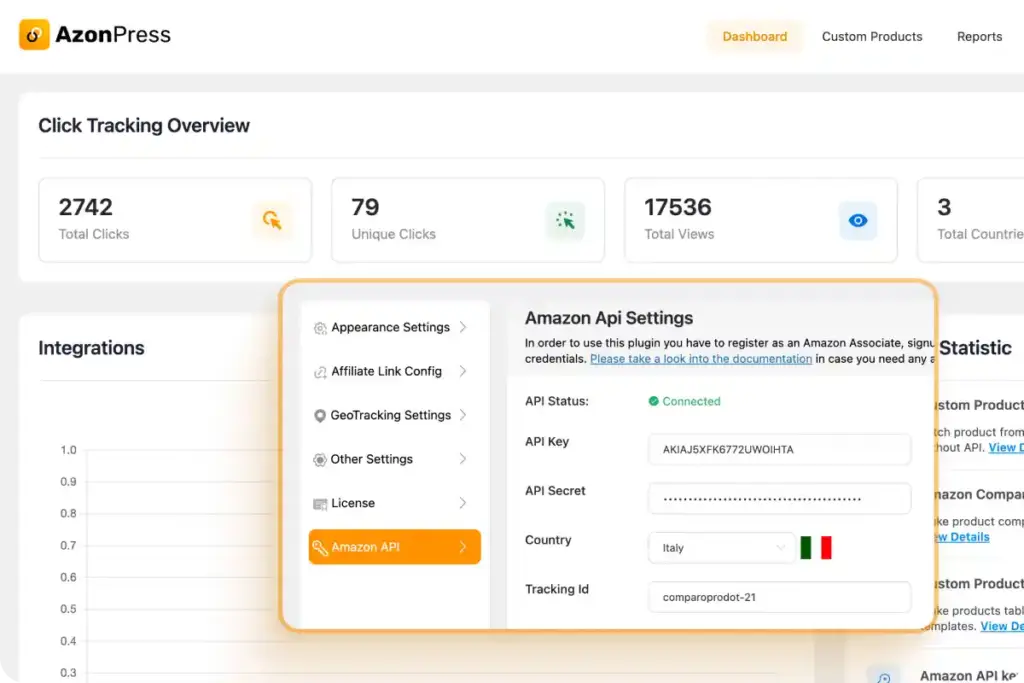
Step 4: Integrate on your WordPress website
Configure the plugin to display images, prices, and other product details directly on your site. The plugin will automatically update the information as it changes on Amazon. And AzonPress complies with Amazon’s image policies.

Pros of this method:
- The images and product details update automatically.
- Using the API guarantees that you are following Amazon’s rules.
- Many plugins offer customizable templates and styles to fit your website’s design.
Cons of this method:
- The initial setup can be technical. If you’re not comfortable with Amazon API images, you might need help on how to use the Amazon Product Advertising API.
- There are rate limits and usage guidelines that you must follow.
#2: Native shopping ads (Discontinued)
As of August 25, 2023, Amazon discontinued Native Shopping Ads, rendering existing ad codes inactive, and now limits affiliates to text-based links or third-party solutions for similar functionality.
Native shopping ads were simpler alternatives for those who preferred a less technical approach. It automatically generated ads that included Amazon product images based on the content of your site.
But it’s not in play anymore.
#3: SiteStripe (Image Feature Discontinued)
In the past, Amazon provided a tool called SiteStripe that allowed affiliates to quickly grab product images. However, this feature is now discontinued.
SiteStripe is still active and working. Just the image linking feature is discontinued.
Notes:
- Discontinued feature: Although SiteStripe remains useful for generating affiliate links, its image feature is no longer supported.
- Alternative recommendation: For current practices, rely on the API or Native Shopping Ads to obtain product images.
Alternatives to Amazon product images
Even though using Amazon product images is allowed under specific conditions, you might sometimes find that relying solely on these images is not ideal. Also, original or diverse images can improve your SEO rankings, as search engines tend to favor unique content.
If Amazon updates its policies or if your account faces any issues, having alternative image sources ensures that your site remains accurate and running. It also allows you to add your own branding elements, which can help build trust with your audience.
Here are some alternatives to the Amazon product images to use on your affiliate marketing website:
Option 1: Take your own photos
If you have access to the products or are able to purchase them, you can take your own photos.
Your unique images will help your website stand out and show your personal touch. You can control the lighting, angles, and quality of the photos. Most importantly, using your own photos means you own the rights to them, avoiding any copyright issues.
When taking your own photo, use a good camera. Even a smartphone with a high-quality camera can work if used correctly. And focus on the image details. Show multiple angles and close-ups of important features.
And keep the photo simple. Always use a clean background and natural lighting to make the product the star of the image.
Option 2: Stock Photos
Stock photos are another alternative to Amazon product images. They can be your quick solution when you need high-quality product images without taking the hassle on your own.
You can use reliable platforms like Shutterstock or Unsplash. Unsplash offers free images, while Shutterstock provides a vast library of premium images. Make sure you follow the license agreements of the platform. Stock photos come with licenses that allow you to use them legally on your website. Make sure you follow them.
Use stock product images when the product photos aren’t available. If you can’t access the product for a photo shoot, stock photos are the alternative way to go.
Also, you can create lifestyle images or illustrate product usage in a broader context. This is how you can grab the attention of your visitors.
Option 3: AI Image Tools
AI tools have become very effective when creating and refining product images.
Tools like VanceAI can remove backgrounds or resize images, which is useful for creating uniform product displays.
Also, AI tools help speed up the process of image editing, which means your images look professional without much manual effort. And AI image generators save tons of time compared to manual editing. Also, a good tool helps you to maintain a consistent look across all images on your website.
Many AI tools offer free trials or affordable pricing plans. You should pick the tool that satisfies your needs.
Get access to our exclusive offers and pro tips!
Best practices and tips for your affiliate website
Now that you know about adding Amazon product images to your affiliate website, Now you can shift your focus to other important factors. For example, SEO optimization of your used images and conversion techniques. Let’s have a look at those best practices:
SEO optimization best practices
SEO is the most important factor for any website. If search engines like Google can’t find your website, no one knows you exist. For affiliate marketers, SEO optimization is crucial.
Let’s have a look at those best practices:
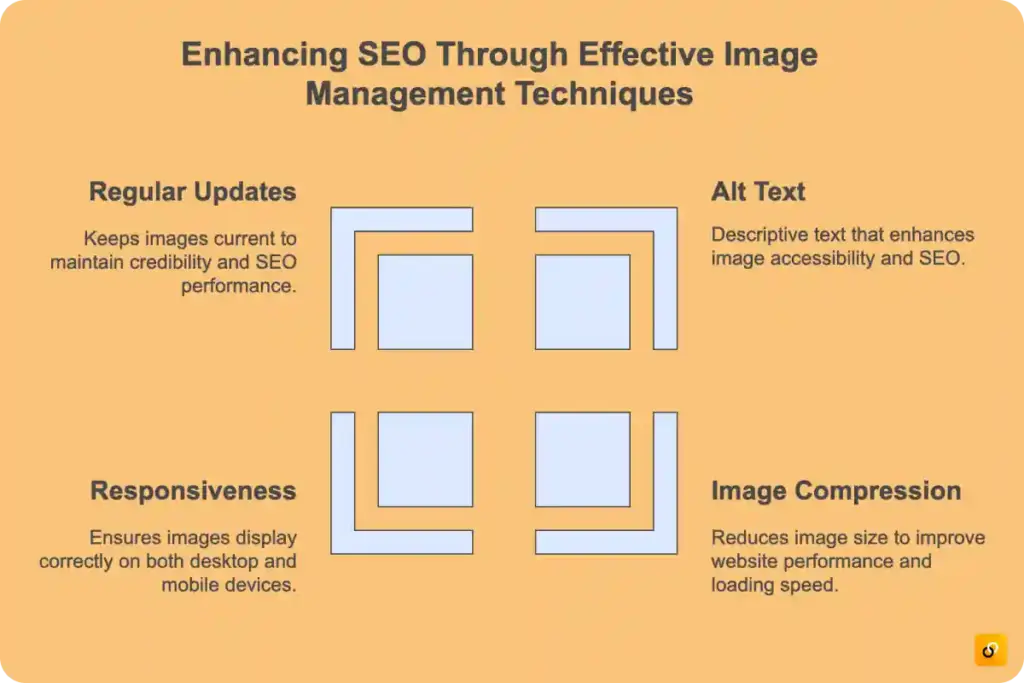
⦿ Add alt text to your product images
Always add alt text to each image. Alt text is the descriptive text that explains what’s in your image. Image alt texts make sure that your content will be accessible to all users. You may or may not see alt texts, but screen readers and other assistive technologies read them and get information about your uploaded images.
⦿ Compress your images before uploading
Big, bulky image sizes can hamper your website’s performance as well as SEO performance. Large image sizes can slow down the website loading time. Always compress your product images to lower the image size.
⦿ Pick images keeping responsiveness in mind
Make sure your images look good on both desktop and non-desktop devices. For example, an image might look perfect on a laptop screen but it can look bad on mobile screens. Make sure your images look good on both devices.
⦿ Update your product images regularly
If you’re using dynamic images through the API, ensure that the information is updated regularly. Outdated images can hurt your credibility. Also, your SEO performance might take a hit as Google and other search engines prefer updated content.
Conversion optimization best practices
High-quality images not only help with SEO but also drive conversions. Your main goal here is to convert your website visitors.
So here are some best practices to make your webpage better converting:
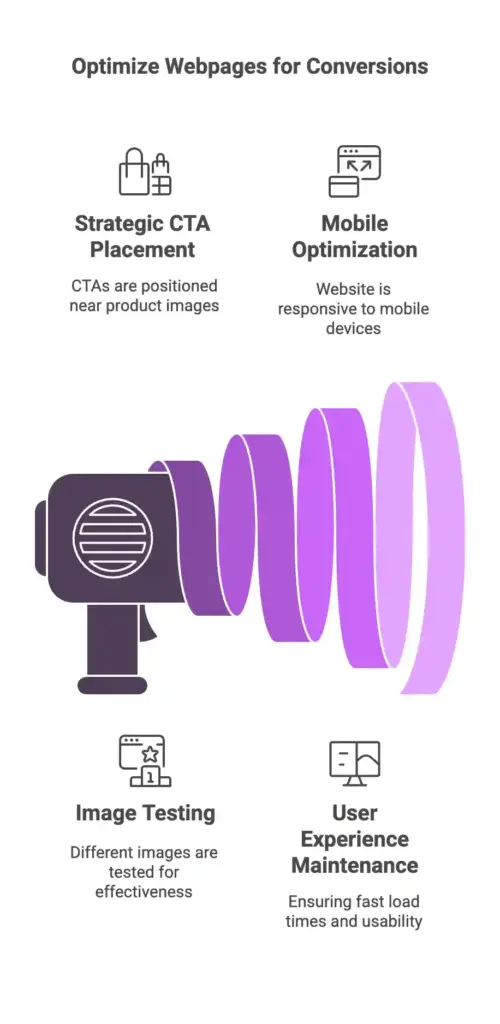
⦿ Place your CTAs (call-to-action) strategically
When you place a product image somewhere, put a CTA button near it. Make the image look like something actionable. If it’s a T-shirt, make sure you put a “Buy Now” button near this.
⦿ Test with different product images
If you are using the same image type over and over, but the conversion is not that great, try using some different types of images. It’s always about trial and error and some thorough testing. Eventually, you’ll find the optimum product image type that can bring you better conversion than before.
⦿ Optimize your website for mobile devices
Optimizing your website for mobile devices is crucial. A significant portion of web traffic comes from smartphones and tablets. Use a responsive web design that automatically adjusts the layout, images, and content to fit the screen size of the device.
⦿ Maintain a good user experience
Research shows that 46% of people will leave a website if it takes longer than 4 seconds to load on a mobile phone. Ensure that the images load quickly and do not slow down your site. This improves the overall user experience.
AzonPress – the perfect WordPress affiliate marketing plugin
AzonPress is the best WordPress affiliate marketing plugin out there. You can create product comparison tables with AzonPress with or without API. Its user-friendly interface and easy navigation make it one of the simplest WordPress affiliate marketing plugins.
With AzonPress, you can create affiliate product tables with any website. For example, you can easily search for Amazon products using keywords or ASIN (Amazon Standard Identification Number) and pull detailed product information directly into your site.
Key features:
- Comparison tables – Create engaging, customizable product comparison tables.
- Zero API integration – Promote products without requiring API keys.
- Customizable layouts – Display products in multiple attractive formats.
- Link management – Automate link tracking, cloaking, and updates.
- User-friendly interface – Simple dashboard for easy campaign management.
- Gutenberg integration – Add affiliate elements directly within the editor.
- Geotargeting – Redirect one country’s traffic to another shop based on location.
- Advanced reporting – Get all the nitty-gritty details of your affiliate campaign.
Manage links, create product tables, and comparison tables, and increase your affiliate revenue
Conclusion
If you’ve read this article, you already know that you can use Amazon product images on your affiliate website. But there are certain rules and regulations that you can’t violate.
Adding product images to your Amazon product listing should be your number one priority when setting up your Amazon affiliate website. Whether you choose to integrate these images via the Amazon Product Advertising API, Native Shopping Ads, or explore alternative image sources, your primary goal should always be to enhance your site’s credibility, improve user experience, and drive higher conversion rates.
Read Similar Blogs
We build lasting partnerships to boost and manage revenue growth





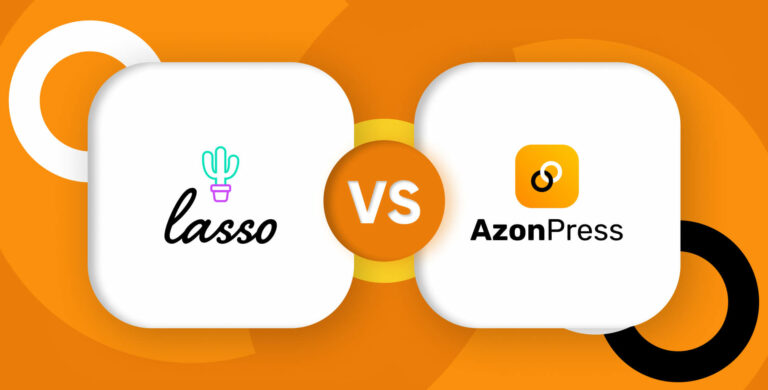
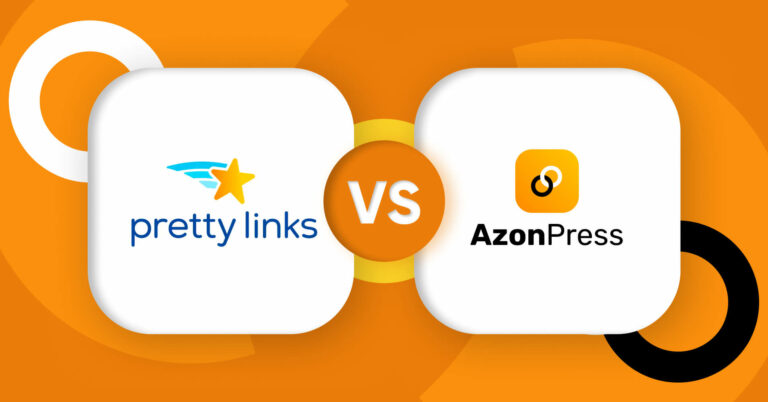
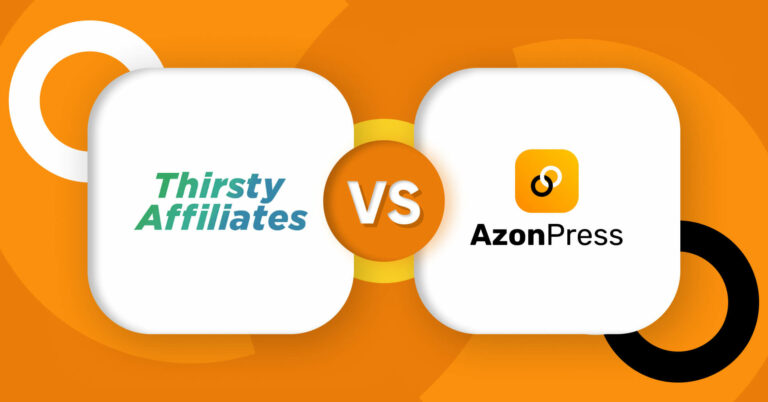





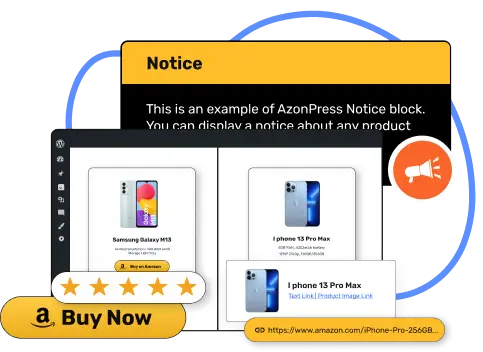







Leave a Reply